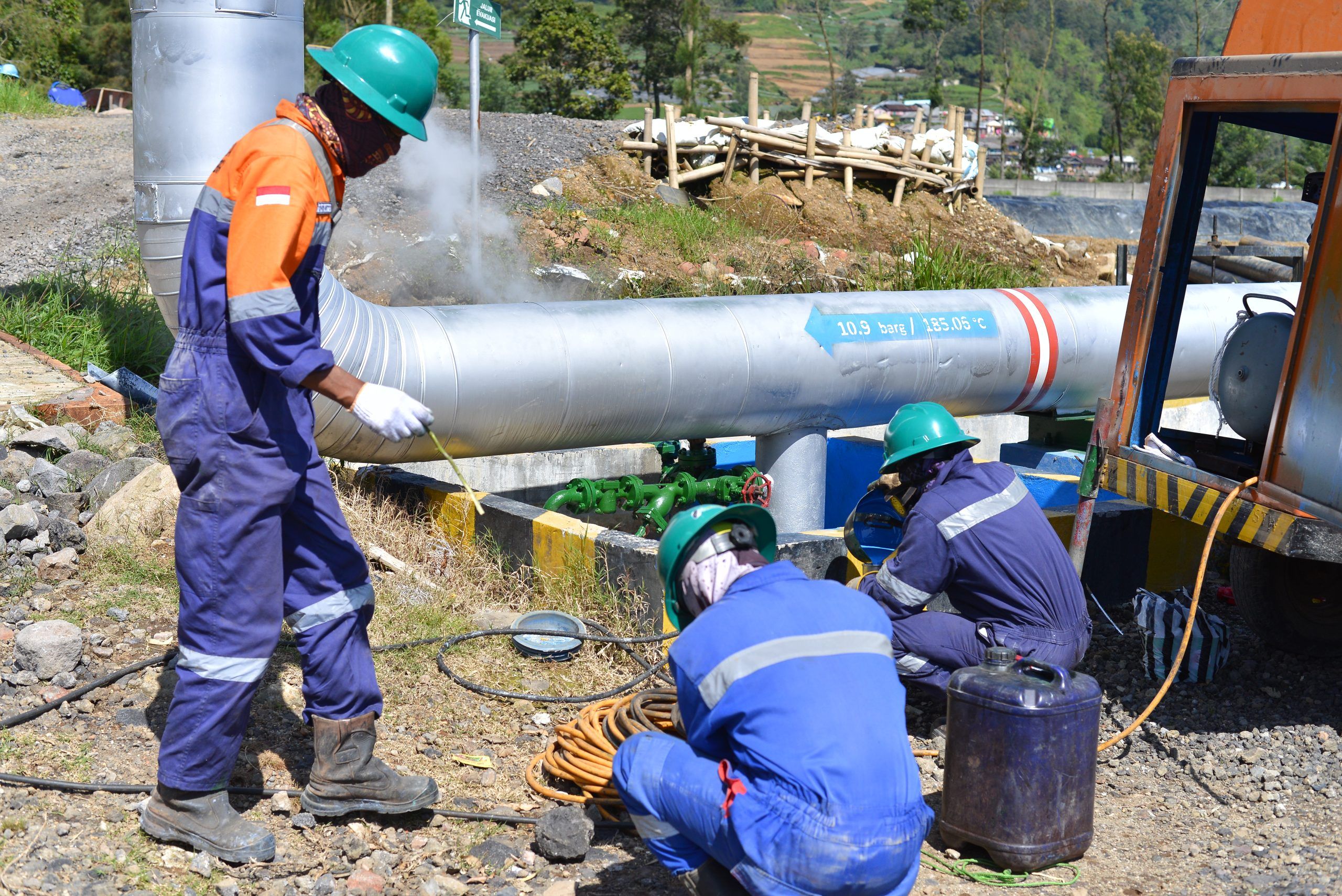Changing our energy sources requires a massive transformation of systems. It is not only developing new technologies or building more infrastructures, but it also concerns the people, both as the decision-maker and the most affected by the transition. The discourses on energy transition are heavily dominated by the technical aspect that other elements, such as the social, economical, and environmental aspects are easily overlooked. When talking about the amount of finance needed to build renewable energy infrastructures, for example, the social costs often escape the calculation. If just energy transition is what we truly aim for, it is time to start considering its social dimensions.
Brian Motherway from the International Energy Agency remarked during the G20 Forum on International Policy Levers for Sustainable Investment that while investment is important—due to the high initial capital costs for renewable energy projects, we cannot deny that people-centered sustainable energy transitions are just as important. As the shift toward renewables is happening, societies are also transforming. Whether this transformation is disruptive or empowering largely depends on the choice of policy measures to mitigate the risks entailed in the transition process. The costs to safeguard these risks must also be accounted for in renewable energy project financing, as a way to ensure that everyone can enjoy the benefits from low-carbon development, rather than being the expenses of such projects.
However, some challenges persist in quantifying the social risks and their required costs. As the idea of a just energy transition has only gained traction recently, so does the idea of accounting for the costs of non-project financing. The first challenge is defining what are the social costs of the energy transition. As each energy transition project is traversed at different scales and complexities, these projects would have a different understanding of what includes as the social costs. The most common interpretation of these social costs is usually related to employment and safety nets, while others put more emphasis on energy justice which concerns the fair distribution of cost and benefits to the communities impacted by the change in the energy systems. Without neglecting the diversity of local or regional contexts in energy system planning, establishing a regulatory framework to provide uniform definition of social costs can help private enterprises or financial institutions in designing the budget allocation for non-project financing.
Secondly, there is a scarcity of data that can depict the amount of socio-economic risks posed by energy transition projects. For example, the Indonesian National Planning Agency (Bappenas) estimated that there will be around 1.8 to 2.2 million jobs in the renewable energy sector by 2060 if the government can provide adequate intervention in this sector. On the other hand, an IESR report on Ensuring Just Energy Transition in Indonesia mentioned that the Indonesian coal industry has provided around 1 million employment, both directly and indirectly. At a glance, this data informed us that there will be more jobs created than the jobs displaced. However, it only represents the macroeconomic outlook of the job transitions, while in reality, the process takes place at the regional or local level. Data that is able to illustrate the impact of shifting modes of employment at the regional or local scale, particularly in coal-dependent areas, can better inform financial institutions in assessing the cost of job transitions for issues such as safety nets, job reskilling, or providing alternative modes of employment. Taking the energy transition as an inevitability, the government must be ready to respond to the risks of unemployment, especially in the carbon-intensive sectors.
Other than the employment sector, the lack of information for the local communities on the planning of energy system transformation also poses a challenge to deploy the necessary amount of money in offsetting the impact. Especially in fossil fuel-dependent regions, this lack of information or knowledge about energy transition policy could render the communities vulnerable when their primary source of economic activity, such as coal mines, are being retired early due to the declining demands in the future. Again, data is crucial to visualize how the economic turnover in fossil fuel-dependent regions are disrupted by the transformation. With comprehensive data, redirecting the main source of regional income away from the fossil fuel industry to the alternatives can be done more comfortably and equitably.
The G20 governments have the homework to answer these challenges. Undoubtedly, financing is a crucial part of the energy transition, but less attention has been given to the financing of social costs accrued from the systemic change. Financing instruments must be mobilized to accommodate the needs of affected areas and people to provide safeguards and strengthen their economic capacity, not only for the technologies and infrastructures. Well-informed and data-driven policy actions–especially at the regional level–are important to mitigate the adverse impacts related to the energy transition. At the end of the day, just transition is a concept that assimilates both climate and economic objectives. It is time to start unraveling the ‘just’ element of just transition by promoting more inclusive financing mechanisms.

